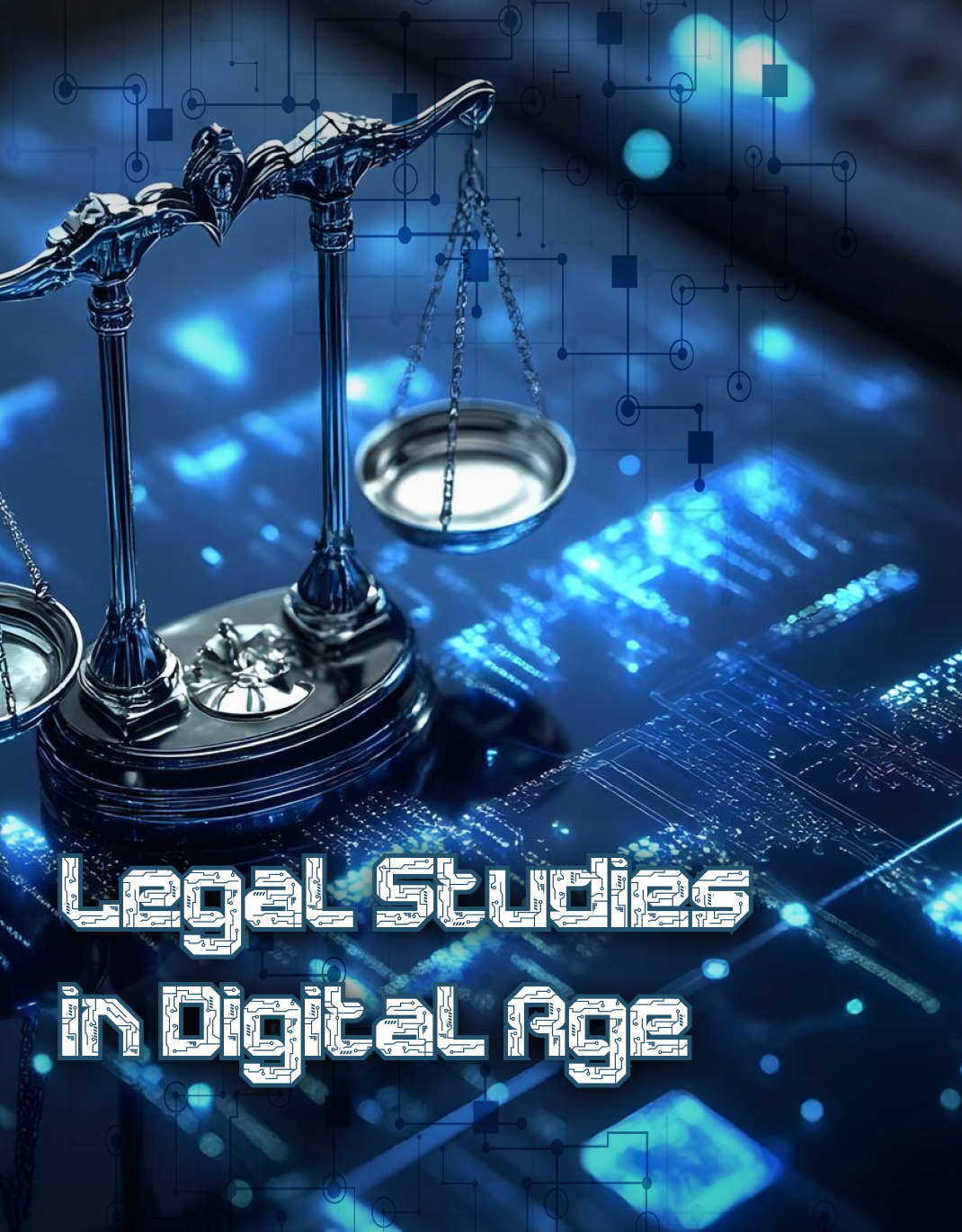The Impact of Religious Elements on the Formation and Functioning of the Executive in Iran and Malaysia
Keywords:
Religious Governance; Executive Branch; Islamic Political Jurisprudence; Iranian Law; Malaysian LawAbstract
The concept of “religious governance” in contemporary political thought comprises two fundamental components: first, the presence of an Islamic ruler as the source of political legitimacy, and second, the existence of Islamic law as the binding framework governing the exercise of power. This article employs a comparative approach to examine the impact of religious elements on the formation and functioning of the executive branch in Iran and Malaysia. In Iran, the structure of the executive is shaped by the principle of Velayat-e Faqih, which, alongside the presidency, creates a unique dual configuration. The religious and jurisprudential qualifications required of presidential candidates, as well as the supervisory role of the Guardian Council, reflect the strong influence of Islamic law on the composition of the executive. By contrast, in Malaysia, the executive operates within a constitutional monarchy; the Yang di-Pertuan Agong serves as the symbolic Islamic ruler, while the Prime Minister—who must be a Muslim—holds executive authority. In terms of attributes and qualifications, adherence to Islam and loyalty to Velayat-e Faqih are essential criteria for executive officials in Iran, whereas in Malaysia, Islamic requirements are combined with ethnic and political considerations. Regarding duties and functions, the Iranian government is directly mandated to implement Islamic laws and safeguard religious values, while in Malaysia the executive plays a more cultural and symbolic role, such as promoting Islamic education and supporting Islamic banking. The findings indicate that both countries draw upon religion as a source of legitimacy; however, the depth and binding force of religious influence on the executive branch is significantly stronger in Iran than in Malaysia.
References
Adil, M. (2013). The Legal Framework of Islamic Banking and Finance in Malaysia and Iran. Islamic Banking Studies.
al-Ahsan, A. (2017). Qur'anic Guidance for Good Governance: A Contemporary Perspective. Springer. https://doi.org/10.1007/978-3-319-57873-6
Aljunied, K. (2019). Islam in Malaysia: An Entwined History. Oxford University Press. https://doi.org/10.1093/oso/9780190925192.001.0001
Amid Zanjani, M. (2013). The Executive Branch in the Islamic Republic of Iran: Structure, Duties and Challenges. Samat Publishing.
Andaya, B. W., & Andaya, L. Y. (2017). A history of Malaysia. Palgrave Macmillan. https://doi.org/10.1057/978-1-137-60515-3
Asadi, H. (2014). Economic Justice and Shiite Jurisprudence: The Role of the Executive Branch. University Press.
Ascher, W. (2013). Development Strategies, Identities, and Conflict in Asia. Palgrave Macmillan. https://doi.org/10.1057/9781137331762
Cheu, H. (2020). Ethnicity and Ethnic Relations in Multi-Ethnic Malaysia. Partridge Publishing Singapore.
Firouzabadi, M. (2011). The Executive Branch and Implementation of Islamic Laws in Iran. Imam Sadegh University.
Funston, J. (2015). MALAYSIA: Developmental State Challenged. Cambridge University Press.
Gomez, E. T., & Jomo, K. S. (1999). Malaysia's political economy: Politics, patronage and profits. Cambridge University Press.
Guardian, C. (2019). Report on Monitoring the Presidential Elections.
Hadiz, V. R. (2013). Islamic Politics in Southeast Asia: A Critical Reassessment. Cambridge University Press. https://doi.org/10.1017/trn.2013.4
Hashemi, R. (2006). Institutionalization of Religious Values in the Islamic State. Imam Khomeini Educational and Research Institute.
Hooker, M. B. (2004). Malaysia: Islam, society and politics. Institute of Southeast Asian Studies. https://doi.org/10.1355/9789812305220
Joseph, C. (2017). Policies and Politics in Malaysian Education: Education Reforms, Nationalism and Neoliberalism. Routledge. https://doi.org/10.4324/9781315147215
Khoei, M. H. (2016). The Guardianship of the Jurisprudence in Shiite Jurisprudence: Principles and Foundations. Imam Khomeini Educational and Research Institute.
Means, G. P. (1991). Malaysian politics: The second generation. Oxford University Press.
Mesbah Yazdi, M. (2002). Religious Sovereignty and Political Leadership in Iran. Imam Khomeini Educational and Research Institute.
Mohammadi, F. (2011). Islamic Banking and Government Executive Policies. Institute of Economic Studies.
Mozaffari, A. (2013). Executive Policies and Islamic Culture in Iran. University Press.
Olivier, B. (2019). Islamic Revivalism and Politics in Malaysia: Problems in Nation Building. Springer. https://doi.org/10.1007/978-981-15-0882-0
Peletz, M. G. (2002). Islamic modern: Religious courts and cultural politics in Malaysia. Princeton University Press. https://doi.org/10.1515/9780691187457
Rabasa, A. (2014). Political Islam in Southeast Asia: Moderates, Radical and Terrorists. Routledge. https://doi.org/10.4324/9781315000749
Rahimi, S. (2012). Media and Religious Policymaking in Iran. Samat Publishing.
Roff, W. R. (2000). The origins of Malay nationalism. Oxford University Press.
Sadr, M. (2018). The Political System of Islam: Jurisprudential and Legal Foundations. Markaz Publishing.
Sedghi, A. (2016). Implementation of Islamic Policies in the Executive Branch. University of Tehran.
Triandafyllidou, A. (2022). Routledge Handbook on the Governance of Religious Diversity. Routledge.
Downloads
Published
Submitted
Revised
Accepted
Issue
Section
License
Copyright (c) 2025 Mehdi Ganjali Bonjar (Author); Mostafa Seraji; Ahmad Ranjbar (Author)

This work is licensed under a Creative Commons Attribution-NonCommercial 4.0 International License.
